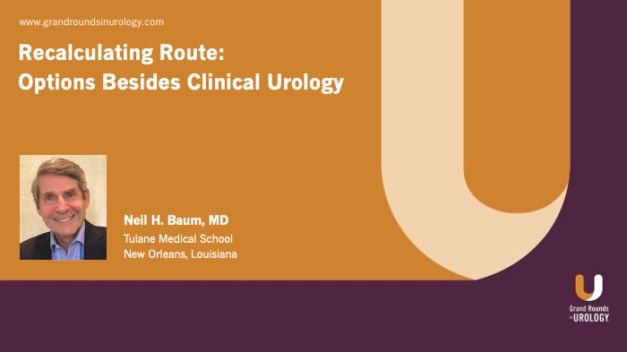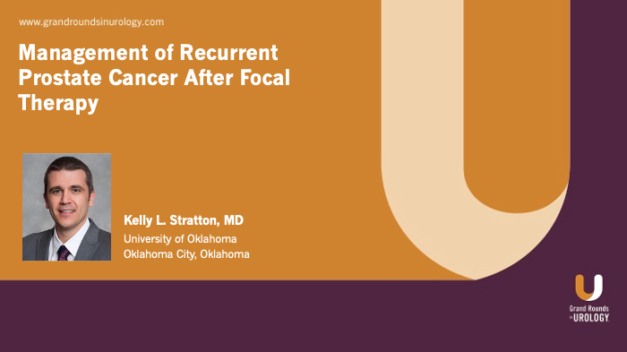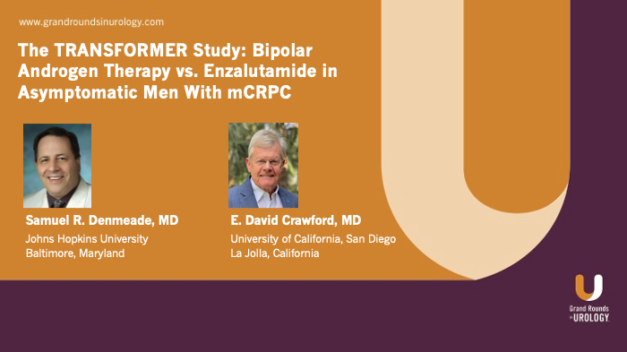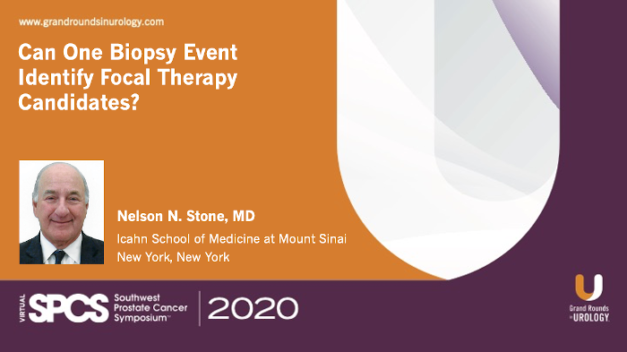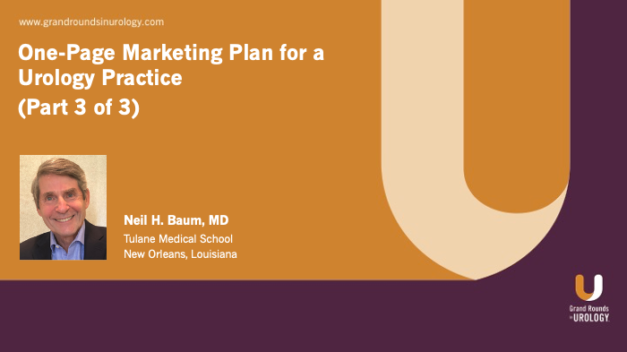Recalculating Route: Options Besides Clinical Urology
Grand Rounds in Urology Contributing Editor Neil H. Baum, MD, Professor of Urology at Tulane Medical School, discusses alternative careers for clinical urologists seeking to switch paths. He lists factors that can lead to a departure from clinical practice and provides five examples of career options that effectively utilize a urologist’s skillset. Dr. Baum highlights decreased reimbursements, increased overhead costs, loss of autonomy, and other pain points like burnout as some of the key reasons why clinical practice may lose its appeal. He then describes alternative careers such as medical educator, pharma and medical manufacturing, legal advisor, healthcare appraiser, or medical writer. For example, a physician may have an opportunity to teach internationally or provide legal advice to defense attorneys in malpractice claims or by serving as an expert witness. Dr. Baum concludes that physicians who leave clinical practice can apply their experience in a variety of ways.
Read More
